Researchers at the Institute for Genetics, University of Cologne, have issued a correction to a 2002 study published in the journal Nature, regarding the role of TNF-mediated inflammatory skin disease in mice with epidermis-specific deletion of IKK2. The correction, which was prompted by a comment on the Pubpeer platform, reveals that an error occurred in the western blots shown in Fig. 1b of the original article.
According to the correction, the bands for IKK2 in spleen extracts were inadvertently duplicated and appeared as bands for IKK1 in mouse embryonic fibroblasts (MEFs) due to a figure preparation error. The researchers confirmed that the bands for IKK2 in spleen extracts were correct, but the mistake was not noticed until a comment on Pubpeer brought it to their attention.
"We take the integrity of our research very seriously, and we appreciate the diligence of the researcher who pointed out the error," said Martin Hafner, a co-author of the original study. "We have checked our original raw data files and confirmed that the bands for IKK2 in spleen extracts were correct, but they were duplicated and appeared as bands for IKK1 in MEFs."
The original study, which was published in 2002, investigated the role of IKK2 in TNF-mediated inflammatory skin disease in mice. The researchers found that mice with epidermis-specific deletion of IKK2 were resistant to TNF-mediated inflammatory skin disease. The correction does not change the overall findings of the study, but it does highlight the importance of careful data analysis and figure preparation in scientific research.
The correction is significant because it demonstrates the importance of transparency and accountability in scientific research. "It's a great example of how scientists can learn from their mistakes and correct them in a transparent and timely manner," said Dr. Rachel Kim, a dermatologist at the University of California, Los Angeles. "It's also a reminder that scientific research is a continuous process, and that even published studies can be improved and corrected over time."
The correction has no immediate implications for the treatment of inflammatory skin disease in humans, but it does highlight the importance of further research into the role of IKK2 in this condition. "The study provides valuable insights into the molecular mechanisms underlying inflammatory skin disease, and it highlights the potential of IKK2 as a therapeutic target," said Dr. Kim.
The researchers have made the corrected version of the article available online, along with supplementary information that updates the original study. The correction serves as a reminder of the importance of careful data analysis and figure preparation in scientific research, and it demonstrates the commitment of the researchers to the integrity of their work.
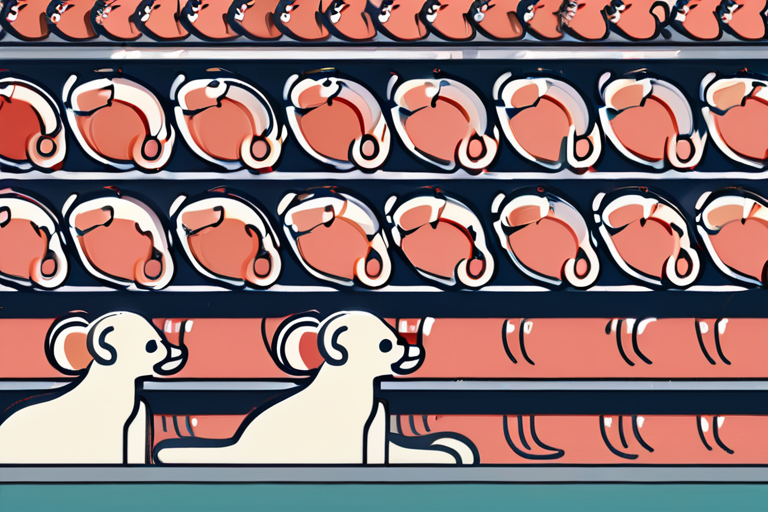



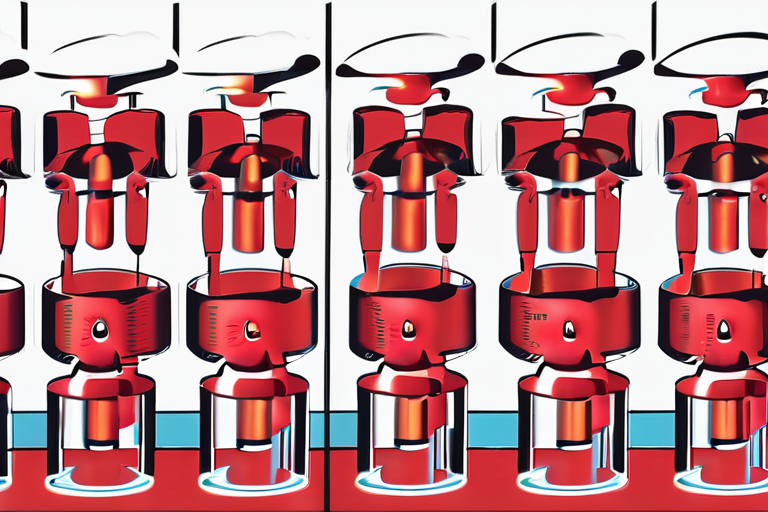

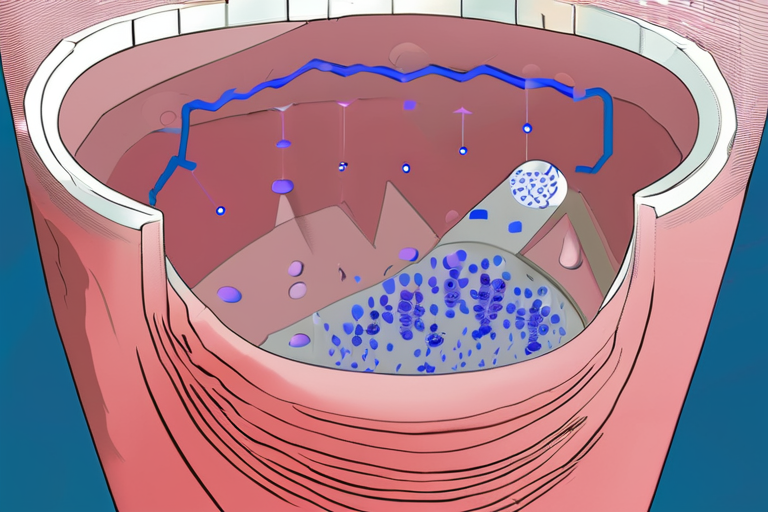

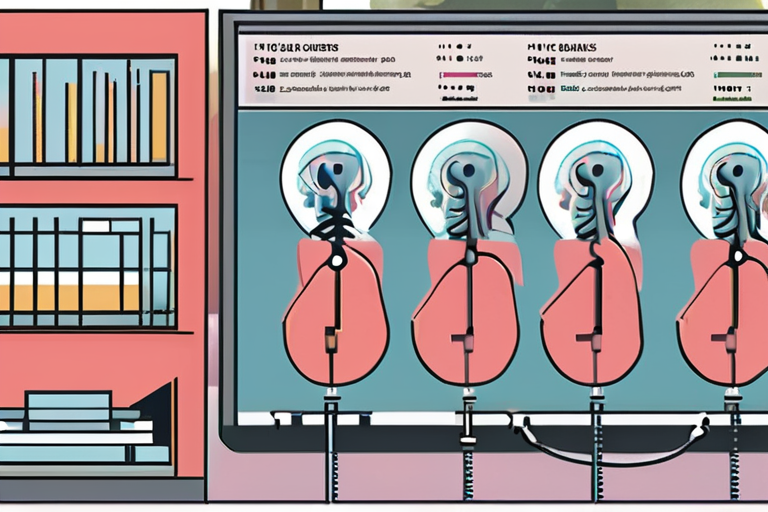



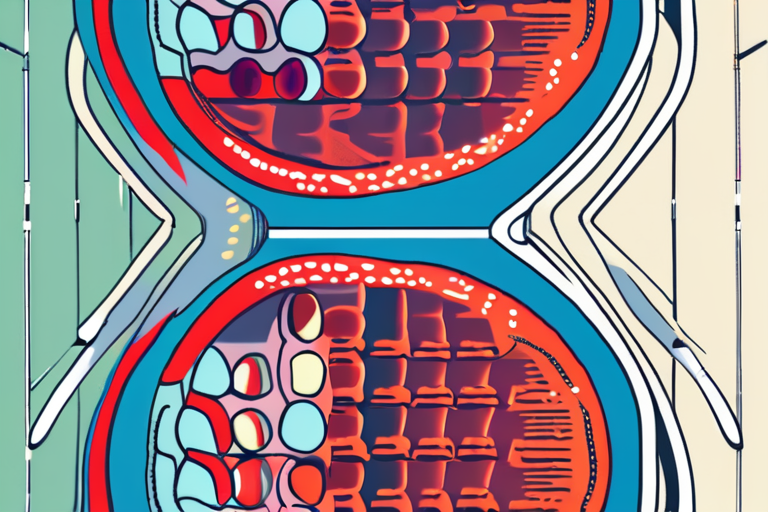

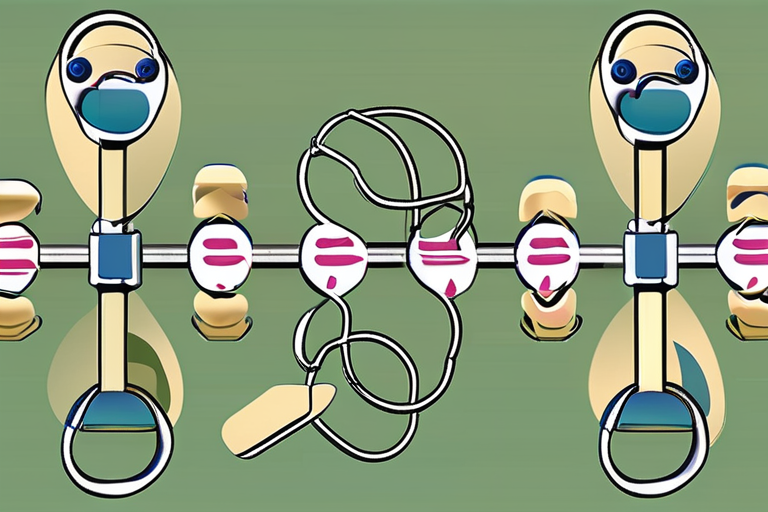
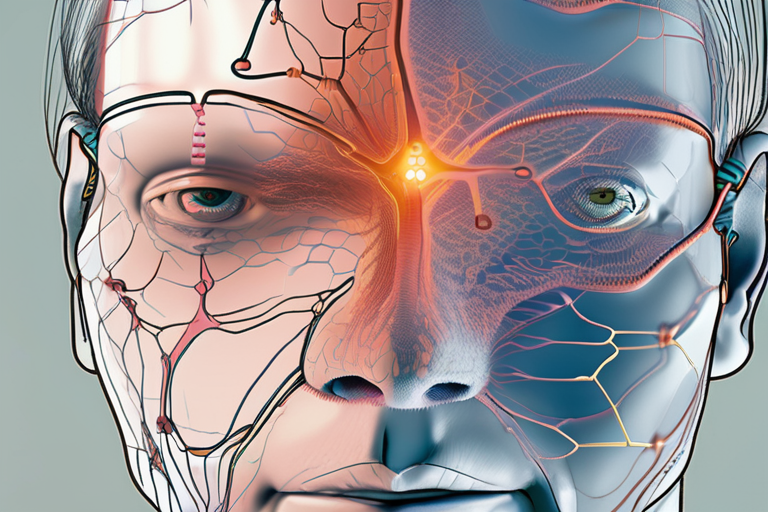
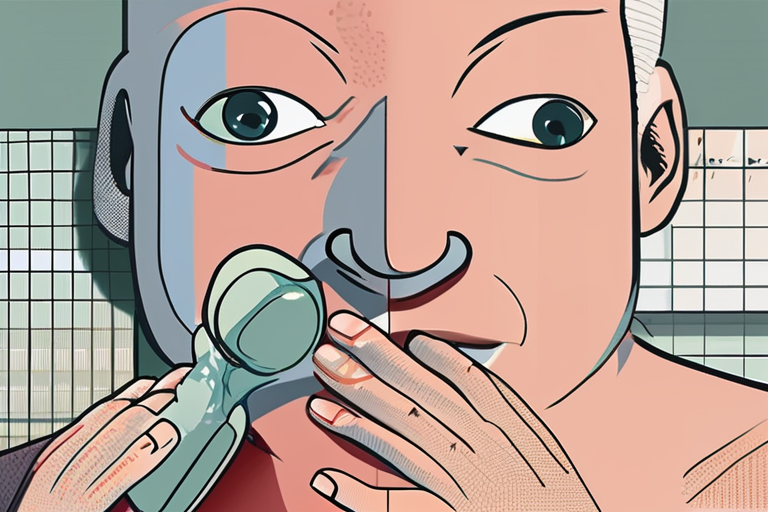
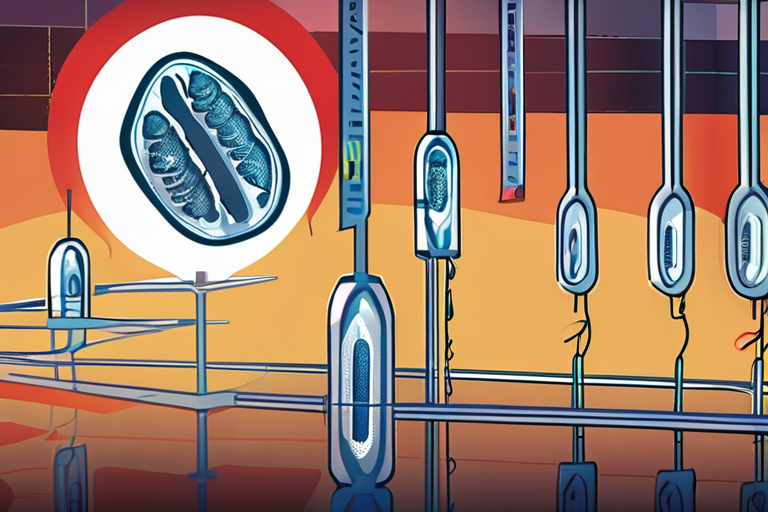

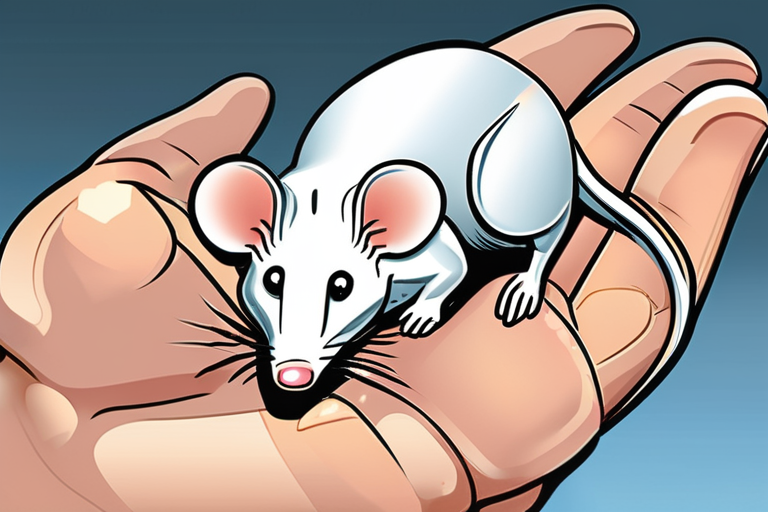
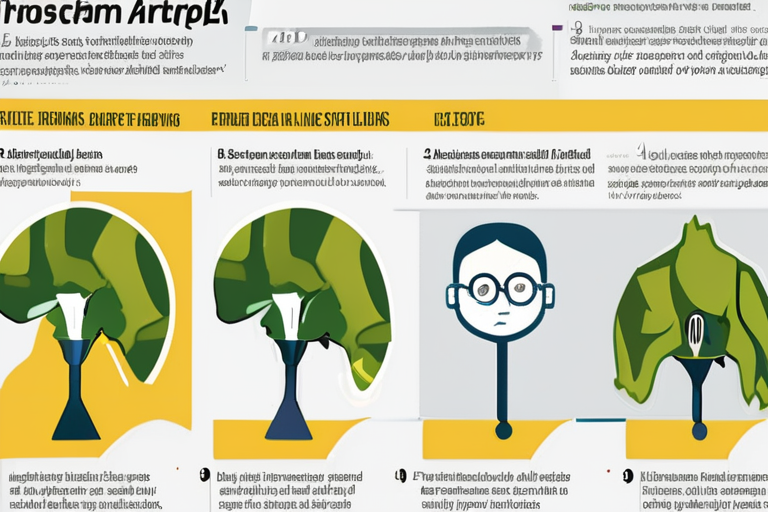

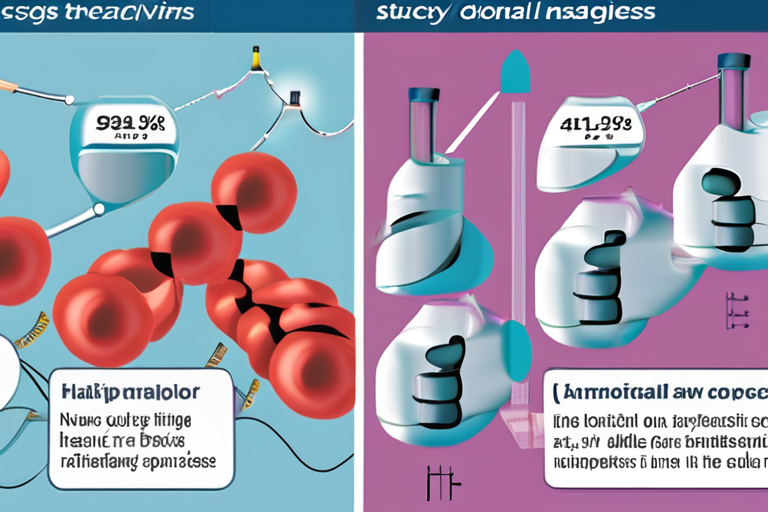

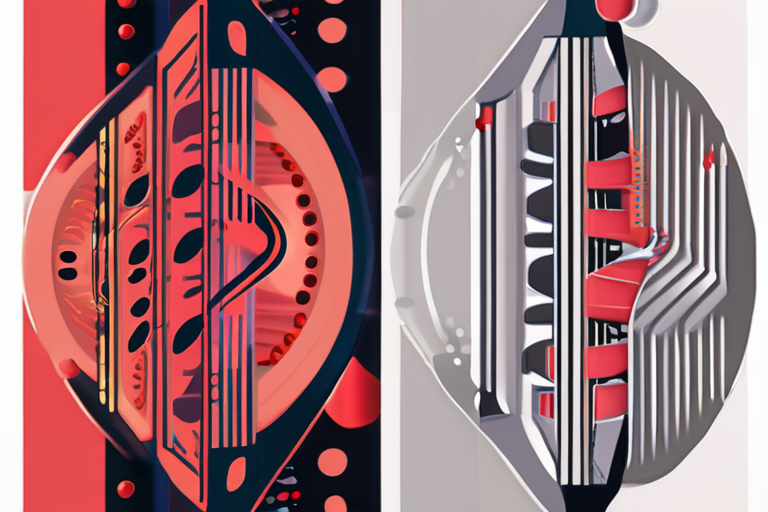

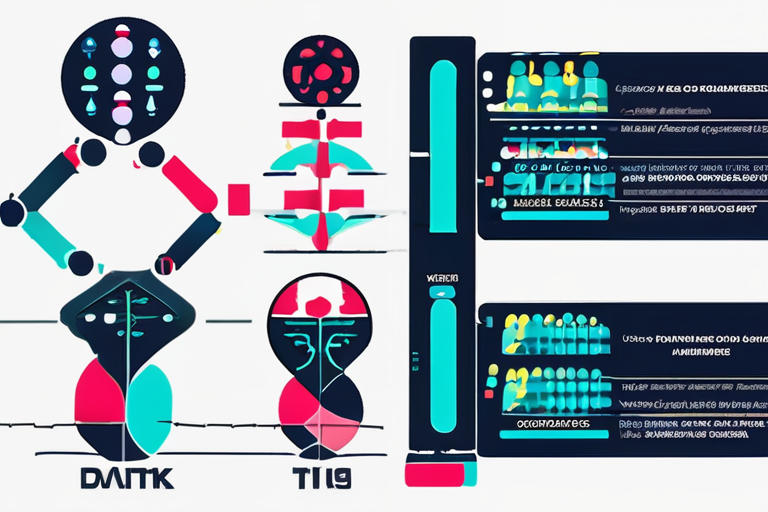
Share & Engage Share
Share this article